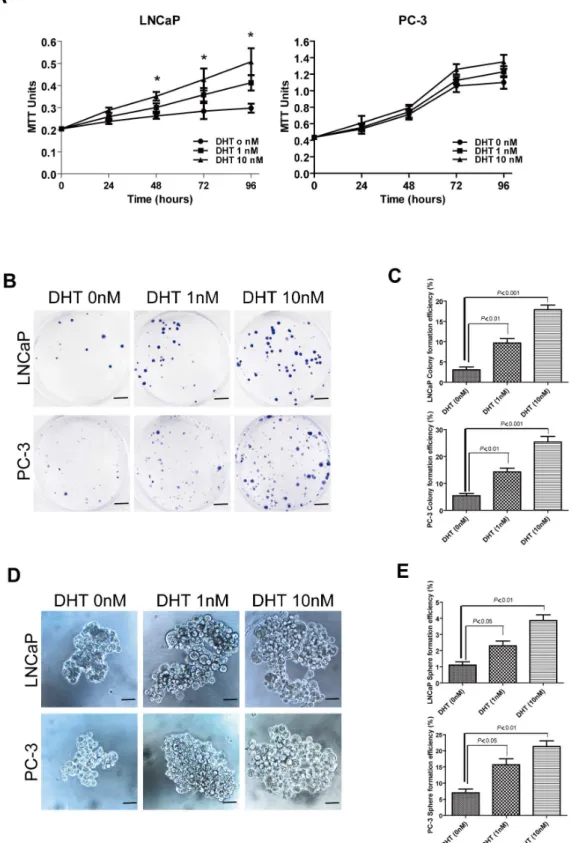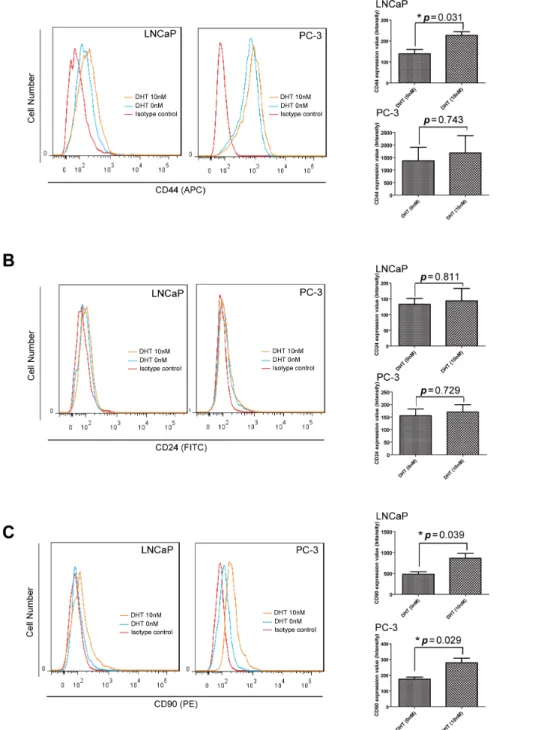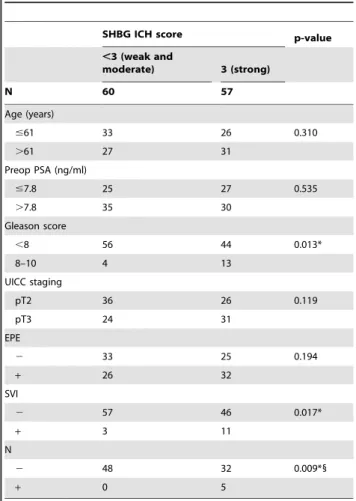SHBG is an important factor in stemness induction of cells by DHT in vitro and associated with poor clinical features of prostate carcinomas.
Texto
Imagem




Documentos relacionados
-ATPase activity in the synaptic plasma membrane from cere- bral cortex of adult rats submitted to chronic administration of imipramine and fluoxe- tine.. We also studied the in vitro
In this study, prostate cancer was located only in the anterior apex in 3 (3.2%) of the 95 patients who were diagnosed with prostate cancer by 6-core biopsy and 12 (25%) of the
This study evaluated the effects of 5ARI on androgen receptor (AR) and proteins involved in prostate cell growth such as HOXB13 expression in human prostate tissue and LNCaP
MEASUREMENT OF PLASMA LEVELS OF VASCULAR ENDOTHELIAL GROWTH FACTOR IN PROSTATE CANCER PATIENTS: RELATIONSHIP WITH CLINICAL STAGE, GLEASON SCORE, PROSTATE VOLUME, AND
das ou de montante variável devem ser iguais ao que tiver sido consignado para o ano em curso, salvo se se explicarem satisfatoriamente os motivos d o seu
Moreover, this thesis also contributes with an improved in vitro Caco-2 cell model showing higher levels of human carboxylesterase 2 (hCES2) expression
The model used in this study is based on two prostate cancer cell lines, DU145 and LNCaP, and derivative cell lines from these two that were developed to become resistant to two
The compounds were evaluated for their in vitro cytotoxicity activities against cultured human cancer cells of PC-3 human prostate cancer, MCF-7 and MDA-MB-231 breast carcinoma,